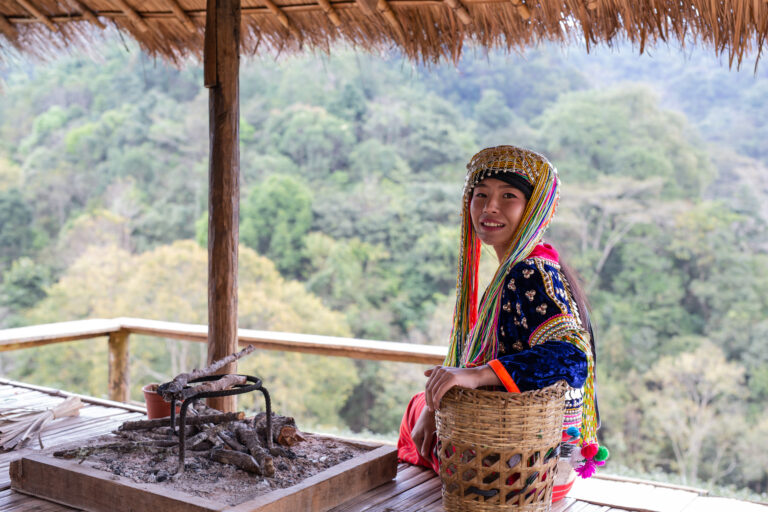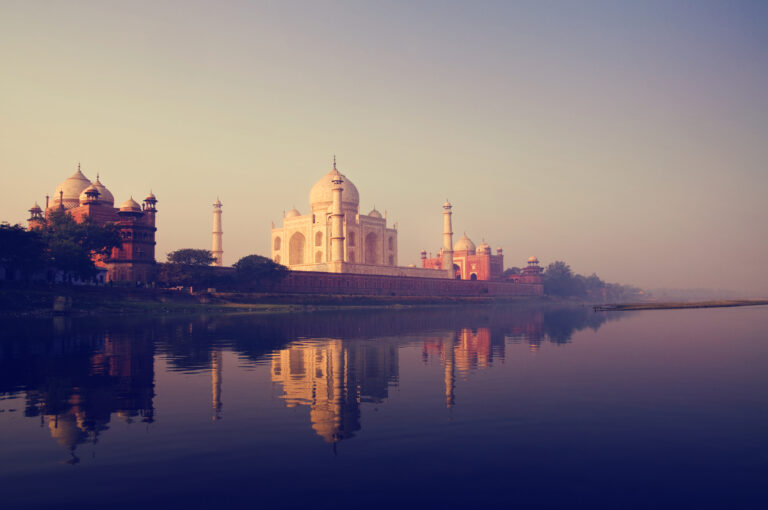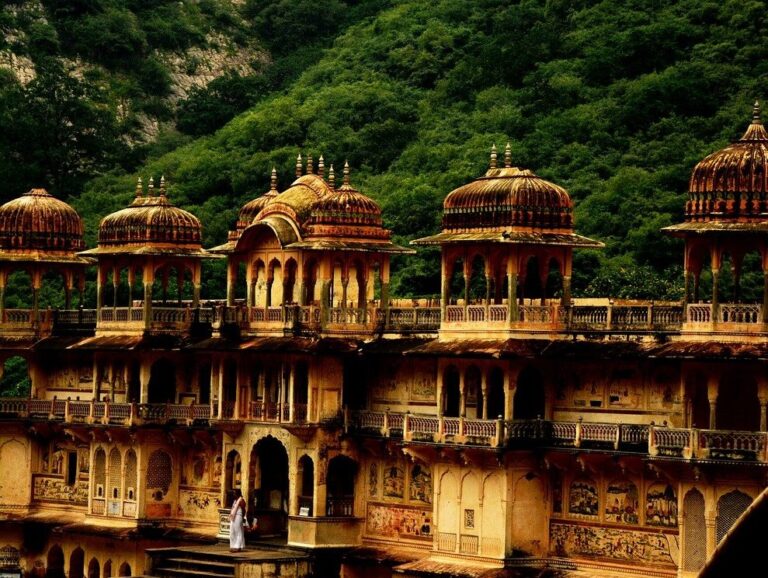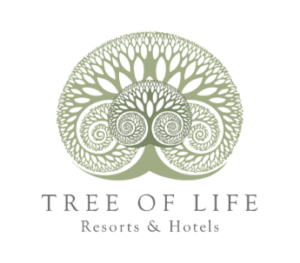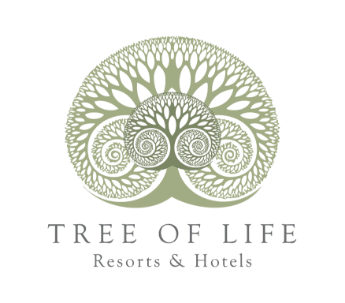When two gargantuan land masses collided and kept pushing against each other, large swathes of earth, rock and other debris were pushed heavenward in the wake of this clash of titans. This struggle between two great land masses forever cemented in the glorious Himalayan range that stretches across the Indian subcontinent has over the millennia set stage for innumerable experiments in evolution itself. Standing as an unassialable citadel, taming even the great monsoons that come rushing having thwarted the oceans and much of India, stands defeated at the Himalayas, forcing them to empty their coffers of life-giving water here.
Every peak puts up a legendary tale against the onward march of Monsoons, the strife giving rise to innumerable mountain streams that trickle down the high reaches, gaining in size and ferocity as they hurtle as the great rivers to the planes, where an entire civilization has been birthed and sustained by these great rivers. One such swathe of land that the Himalayas has sculpted is the foothills of the Himalayas, Siwalik, going into the planes. Encompassed by these two giant geological formations, Jim Corbett National Park stands as a stage where life unfolds magical interplay between living beings and elements of nature with many colourful guests who fly down to just be a part of this unending play of life

Although Corbett National Park comprises largely of two of the fourteen types of ecological land classification as framed by WWF (World Wide Fund for Nature), the variety seen here is possibly unparalleled elsewhere. Large rivers that flow down from the mountains on one side and the Himalayan foothills on the other side carve out a softly undulating piece of land, a plane for all purposes which has been notified as Corbett National Park, one of the first experiments in nature and wildlife conservation, named in the honour of legendary Jim Corbett.
With two beautiful resorts in Corbett, hidden away from the crowds, each of them exemplary of something unique to Corbett National Park, Tree of Life Homestead and Tree of Life Vanvilas River Edge are great options as resort in Corbett, to explore the varied landscapes here.

Broadly speaking, we can identify 2 of the 14 ecological land classifications developed by World Wide Fund for Nature. The hilly tract comes under “tropical and subtropical moist broadleaf forests ecoregion”, and the plains come under “Tropical and subtropical grasslands, savannas, and shrublands”, more specifically “Terai-Duar savanna and grasslands”.
The hilly tracts are dominated by Sal (Shorea robusta) and teak (Tectona grandis) forests, and the plains are dominated by riverside grasslands with very tall grasses. Both regions are characterized by the presence of the Asian elephant, the Bengal Tiger and various species of deer. Based on the larger or more dominant geological features or impact of flora, we can further have five types of ecosystems notified within Corbett National Park. They are:
Mountains
Rivers and Streams
Sal Forests
Khair – Sisso Forests
Chaurs
The locations of Tree of Life resorts in Corbett are such that one can experience all of these varied ecosystems easily. Let us see what each of these different wonderlands has to offer in terms of wilderness and nature experiences.

Mountains
Mountains are very different from other landforms and landscapes, thus are an important ecological zone. With unusual variations in altitude, relief, temperature, slope and the amount of sunlight received within short spans of distances, mountains set the stage for highly specialized evolutionary specimens to exist in close proximity. This creates great diversity in mountain habitats and thus becomes home to a large variety of plants and animals that are found nowhere else. But the flip side of this is that mountain ecosystems are delicate and unstable. A simple phenomenon could wipe out a species as they are unable to adapt elsewhere. Also, the lack of depth of topsoil and easy erosion, deforestation degrades mountains faster than elsewhere.
Mountain habitats display a marked difference in flora and fauna as you keep climbing up or down. The lower reaches have broad-leaved trees while the coniferous trees rule the heights. At Corbett National Park, the lower hills have Sal trees dominating the landscape. While you climb up you encounter progressive belts of mixed forests, chir pine, oak and rhododendron. This has an impact on the animals and birds that make each place their home. Birds display a strong preference than land animals, thus changing their distribution patterns contrastingly. Tree of Life resorts in Corbett conducts walks with nature guides who demonstrate this variation in birds on the many bird-watching walks, hikes and treks conducted by our resort in Corbett.
Sal Forests
If you could call trees handsome, Sal would lay claim to the title. With a height up to 35m, a majestic and dense foliage that has a sheen, Sal is the main tree species in Corbett National Park. Sal, known as Shorea robusta grows dense with trees close to each other, creating dark, deep jungles where animals take shelter and live successfully.
Sal forests best thrive in areas that receive 100-200 cm rainfall and enjoy an altitude range of 200m to 1200m. Sal forests are important wildlife habitats. Sal trees have a gregarious nature, if you could describe it so. Allowing variety of vegetation grow alond, be it variety of trees, shrubs, herbs, climbers, fungi, lichens and mosses. This richness in flora brings with it a richness in fauna with the apex of it all, tigers too preferring the Sal forests, particularly in summers.
Many swathes of Sal forests are accessed by the tracks and trails around our resort in Corbett. Tag along with our naturalists and guides who will take you through some of the oldest Sal forests in Corbett National Park.
Khair-sissoo forests

Rivers and streams mark the face of Terai-Duar savanna and grasslands, crisscrossing the entire area. This creates large tracts of land that are specialized but numerous too, creating an ecosystem that otherwise would be counted among micro-ecosystems. Khair – Sisso forest is one such that grows along rivers. Although dominated by Sal, Corbett boasts of equally impressive Khair- Sisso forests too. Consisting mainly of Khair (Acacia catechu) and Shisham or Sissoo (Dalbergia sissoo) trees growing on sandy, gravelly regions around rivers and streams.
The uniqueness and service that Khair – Sisso render in the upkeep and improvement of ecosystems is awe-inspiring. Khair and Sissoo are quick to pop up on freshly exposed ground or newly deposited alluvium. So when deforestation is unchecked and even nature destroys large areas of forests in floods at Corbett National Park, Khair and Sissoo raise to the occasion, repairing the damage. Being leguminous species, Khair has special nodules in the roots that help in fixing nitrogen in the soil, thereby improving the quality of soil, laying the foundation for the forest to grow again, in all its glory, variety and richness. In that sense, Khair-Sissoo is the builder of Sal forests. These forests are found on sandy, gravelly areas all along the Ramganga and other streams, and are easily spotted near Dhikala, Phulai, Patairpani and on Kanda road. Tree of Life Vanvilas River Edge, our resort in Corbett is the perfect place to explore the Khair – Sissoo forests of Corbett National Park.
Chaurs

A herd of deer running away from a tiger in Jim Corbett National Park. Original public domain image from Wikimedia Commons
Chaurs, a colloquial name for savannah grasslands, perhaps are the most unique habitat in terms of vegetation at Corbett National Park. Chairs are testimony to the scale of influence and impact human activities have and the resilience of nature in recycling and upcycling everything, creating wonders in the process.
Chaurs were once agricultural lands now abandoned and reclaimed by nature. The rich growth of various species of medium to tall grasses attract hordes of elephants. Grassland birds such as partridges also take shelter here. The rich grasslands provide food for many grazing animals thus inviting even the apex predators who prey on them. Today, forest officials at Corbett Natioal Park undertake the maintenance of these chairs by careful and controlled destruction of chairs, so that fresh growth is possible next season.
The major chaurs of Corbett occur mainly in the Patli Dun area of the Park. The most important ones are: Dhikala, Phulai, Khinanauli, Paterpani, Mohanpani, Bijrani and Bhadhai. Another noted chaur, Boxar, now lies submerged under the Ramganga reservoir. Tree of Life resorts in Corbett are surrounded by Chaurs bringing you in close proximity to wilderness here at Corbett National Park.
Rivers and Streams
Now to the most impactful presence. Ramganga river and its tributaries. Apart from being the lifeline of all fauna here, the rivers themselves form an important ecosystem. Many species of fish, including the famed mahseer, live in the perennial water of Ramganga. Apart from mahseer, goonch, carps and loaches make their home in the waters of rivers and streams. Fish form an important link in the food chain. Otters living on the banks feed on fish. Fish is also the staple diet for the endangered Gharials, crocodilians, living in the deep, fast-flowing water of Ramganga in Corbett National Park. they are specialised fish-eaters. While Muggers, a different variety of crocodiles prefer the calmness of still water of the Ramganga reservoir.
Ramganga river in Corbett National Park also attracts specialist birds of prey like Pallas’ Fish Eagle and the rare Tawny Fish-owl. Other water-dependent birds like kingfishers, cormorants, storks, terns, shanks, sandpipers, dippers, forktails also frequent the Park’s rivers. During winters many long-distance migrant birds throng the Ramganga reservoir. These are mainly storks, herons, sandpipers, plovers, waterfowl (ducks and geese) and ospreys.
You can experience the might and generosity of the Ramganga river at our resort Tree of Life Vanvilas River Edge Corbett.
Come explore the many ecosystems of Corbett National Park and their wonders with our resorts in Corbett.

